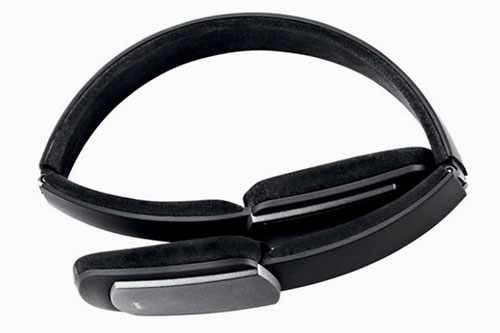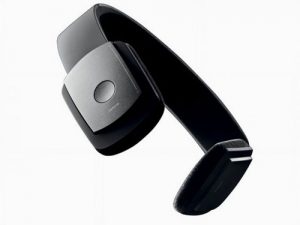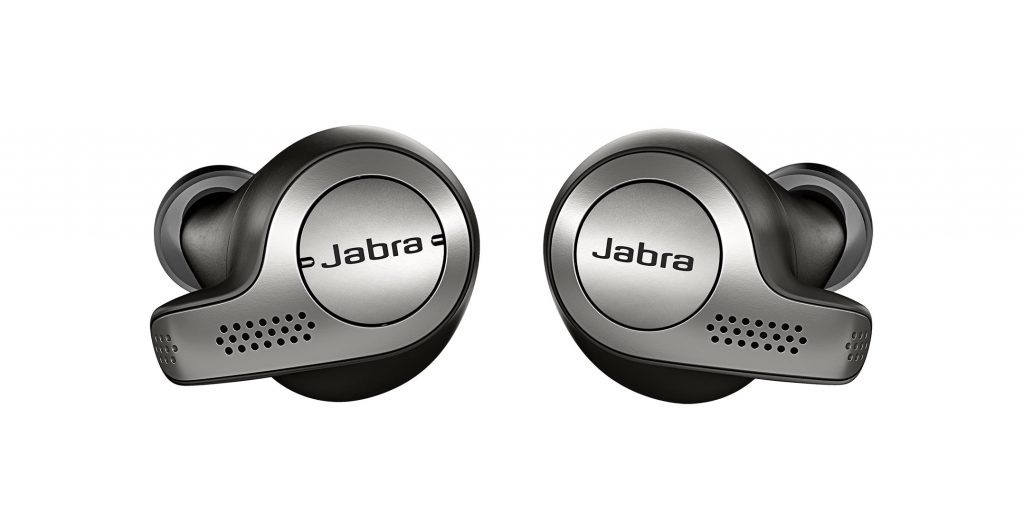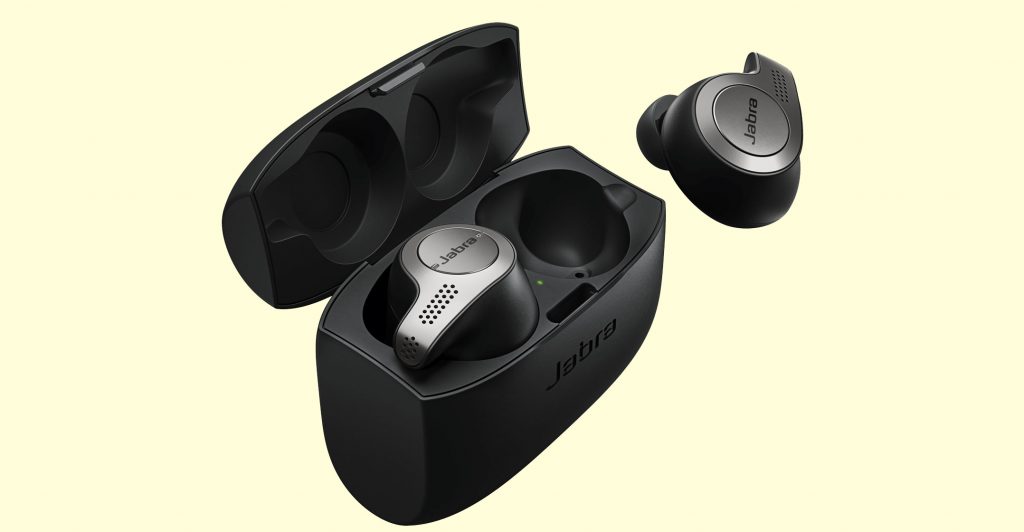
Jabra is known best for its range of call centre headsets, but the company also offers a range of Bluetooth earpieces and headsets for the consumer market. TechCentral took a look at one of its consumer stereo headphone offerings, the Jabra Halo, and found that, like socialism, it looks better on paper than in practice.
For all of the improvements to technology in the last decade, cabling and wires remain a necessary nuisance in many devices. Which is why Bluetooth headphones are great. Not the single-ear businessman-in-a-BMW sort, mind you, but rather the sort designed for both ears, and for music rather than calls.
Bluetooth headphones are most frequently presented as two ear buds with a bar or strap that links them behind the user’s head. With the Halo, Jabra has opted for more conventional over-the-head styling.
The earpieces and headband are lined with black felt, and otherwise the Halo is made almost entirely of plastic. Though this isn’t uncommon, various aspects of the Halo’s design make this more of a concern than usual.
Bizarrely, the primary method for turning the Halo on is by unfolding it and clicking its plastic hinges into place. Though it works, we get the feeling it may not do so for too long, particularly if you’re folding and unfolding the headphones many times a day.
There are two LED indicators, both concealed on the inside of the right-hand side of the head band, one to denote the Bluetooth connection, and the other to indicate battery/charge status.

The height of each earpiece can be adjusted by pulling it down, and here again the plastic construction of the Halo is a concern. One wonders how many times you’ll be able to adjust them before they get too loose to fix in place.
Another failing of the Halo is the fact that the micro USB port is on the bottom of one of the earpieces, deeply recessed and surrounded by the felt that covers the earpieces and lines the headband, which means it requires some effort to plug it in.
Then there’s the cabling itself. Though Jabra’s decision to include a micro USB-to-3.5mm jack is inspired, and extends the usefulness of the Halo by allowing it to be used with non-Bluetooth devices, it’s baffling that the company thought it a good idea to make both the USB cable and the two-prong charger cable a mere 20cm each.
The Halo isn’t short on good ideas, but it lacks execution. To play or pause a track, there’s a button in the middle of the outside of the right-hand earpiece. In front of this is a capacitive strip that controls volume and skipping tracks. The problem is there are no tactile indicators of where the capacitive strip starts or ends, and as skipping between tracks requires tapping the top or bottom of the strip, this makes doing so successfully and consistently nearly impossible.
The volume control itself works well enough, but because it’s touch sensitive, it’s all too easy to alter the volume inadvertently or accidentally change track when adjusting the Halo.
Another problem is the fit. The earpieces are angled for a better fit, which means they forgo any noise-cancelling benefits. Also, the headphones don’t feel particularly stable at all — in fact, it feels like one jerk of the head could easily send them flying.
Though the Halo supports calling, we found in-call sound quality poor and it occasionally took a few seconds before the microphone would activate. Playing music through the Halo worked well enough, and although the sound wasn’t poor, the lack of bass meant the experience was lacklustre at best.
If we had to sum up the Halo in one word, it would be “average”. From its sound quality to its functionality to its design, the only thing about the Halo that’s above average is its price. And that’s not the category one wants to excel in.
At R1 499, the Halo is far too expensive for something that doesn’t feel like it could withstand the rigours of daily use but would reasonably be expected to.
Plus, with no way to change the built-in battery, if the hinges don’t break first, when it eventually stops holding a charge you’ll be limited to wired use anyway, and that’s certainly not why one buys Bluetooth headphones. — Craig Wilson, TechCentral
- Subscribe to our free daily newsletter
- Follow us on Twitter or on Facebook




